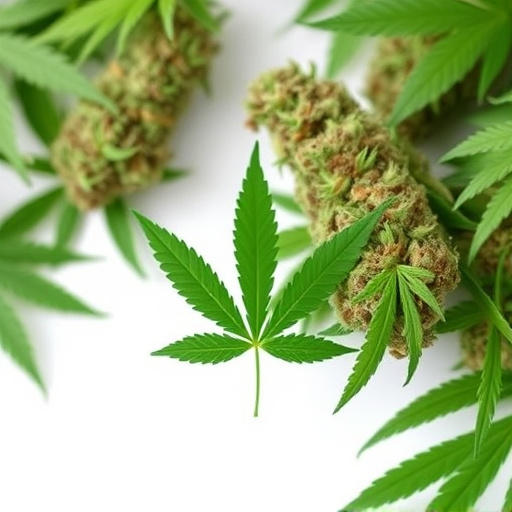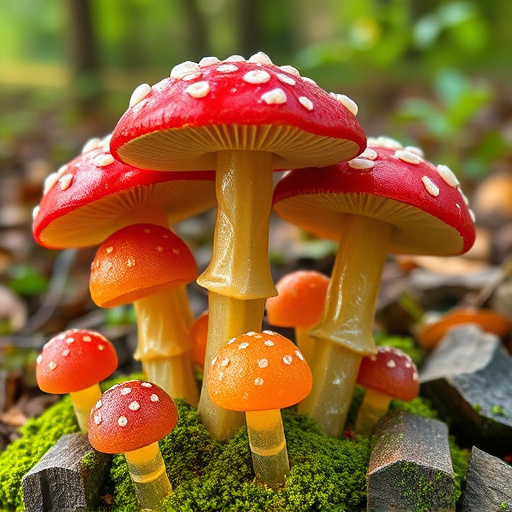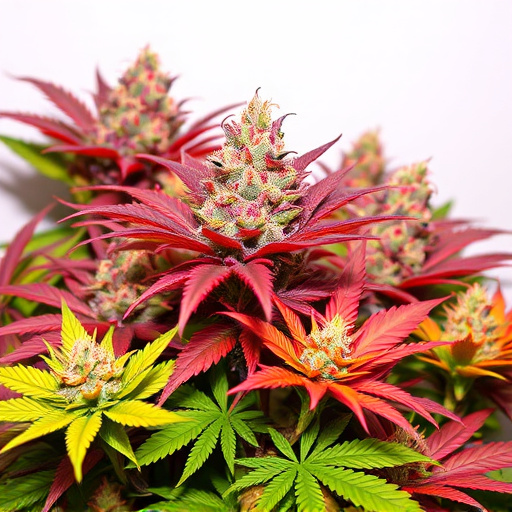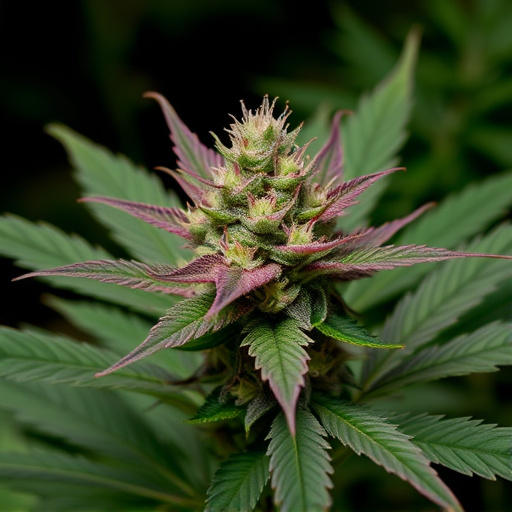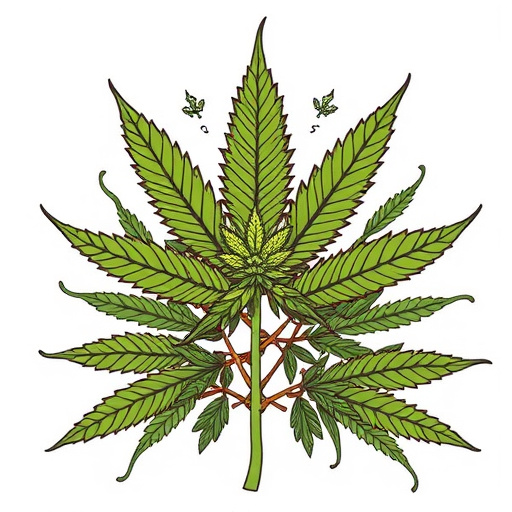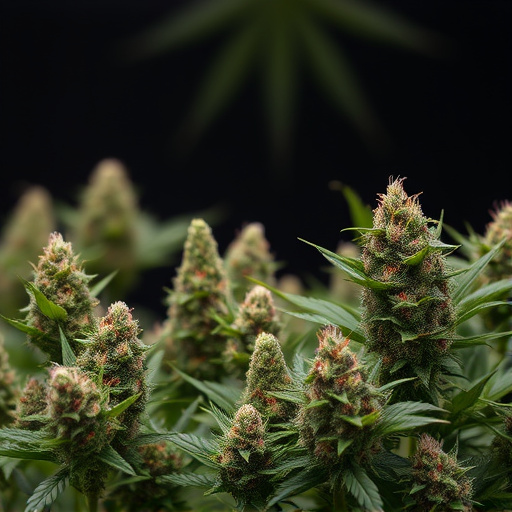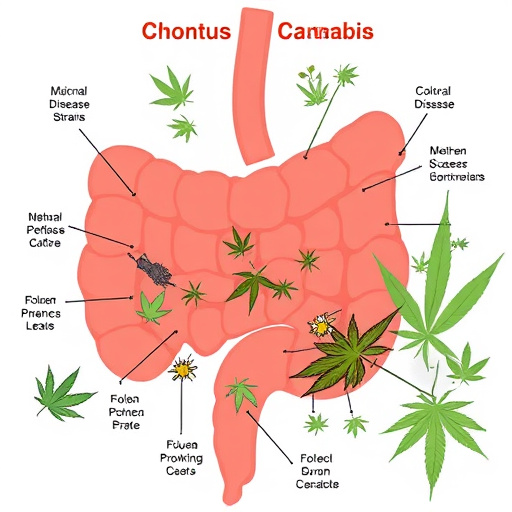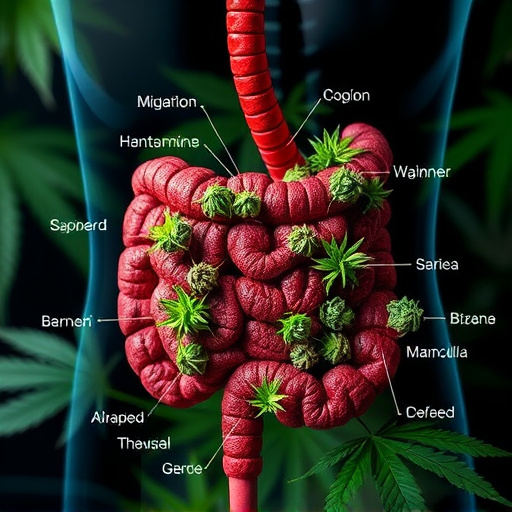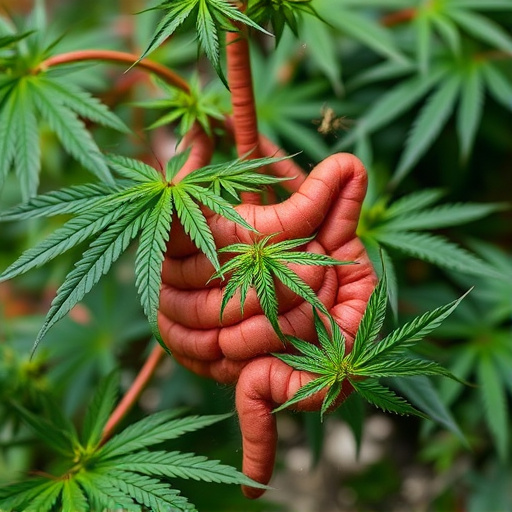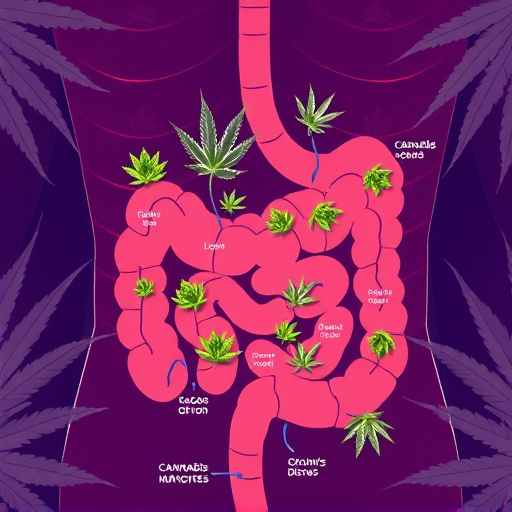Decarboxylation, a heat-driven process transforming THCA into THC, enhances cannabis' therapeutic effects for Crohn's disease patients. Understanding strain variations in THC and CBD content is vital. High CBD strains offer anti-inflammatory relief without cognitive impairment, ideal for daytime use. Soothing strains aid stress management and sleep. Choosing the right strain depends on individual needs and preferences; expert consultation is recommended. Decarboxylating cannabis flower at 220°F for 30-45 minutes or using a dedicated decarboxylator maximizes THC conversion and symptom management for Crohn's patients.
“Discover how decarboxylation can enhance the benefits of cannabis for Crohn’s Disease patients. This process optimizes the therapeutic potential of cannabis flower by converting THCA (the raw, non-active form) into THC (the potent, active compound). By selecting specific cannabis strains known for their anti-inflammatory properties, you can maximize results. Our step-by-step guide ensures a safe and effective decarboxylation process, allowing you to harness the power of cannabis for improved Crohn’s Disease management.”
- Understanding Decarboxylation and Its Benefits for Crohn's Disease Patients
- Selecting the Right Cannabis Strains for Decarboxylation
- The Step-by-Step Process of Decarboxylating Cannabis Flower for Maximum Effectiveness
Understanding Decarboxylation and Its Benefits for Crohn's Disease Patients

Decarboxylation is a critical process in preparing cannabis for consumption, especially for those with Crohn’s disease looking to harness its therapeutic benefits. This chemical transformation occurs when cannabis flowers are heated, causing the conversion of THCA (Tetrahydrocannabinolic Acid), the raw active compound in cannabis, into THC (Tetrahydrocannabinol), the more familiar and psychoactive component known for its medicinal properties. During this process, a carbon atom is removed from the molecule, hence the term “decarboxylation.”
For Crohn’s disease patients, understanding decarboxylation is essential as it can greatly impact their choice of cannabis strains and consumption methods. Decarboxylated cannabis products offer several advantages, including enhanced bioavailability, meaning the body can absorb and utilize THC more effectively. This can lead to improved symptom management for Crohn’s patients, providing relief from pain, inflammation, and nausea associated with the disease. Different cannabis strains vary in their decarboxylation levels, so choosing the right one is crucial for optimal therapeutic effects tailored to individual needs.
Selecting the Right Cannabis Strains for Decarboxylation

When considering decarboxylation, selecting the right cannabis strains is key, especially for those with specific needs like managing Crohn’s disease symptoms. Different strains have varying levels of THC and CBD, both of which are affected during the decarboxylation process. For individuals looking to alleviate inflammation and pain associated with Crohn’s, high CBD strains are often preferred due to their potential anti-inflammatory properties. These strains can help reduce discomfort without causing cognitive impairment, making them ideal for daytime use or activities requiring focus and clarity.
Additionally, some cannabis strains known for their soothing and relaxing effects may be beneficial for stress management and sleep quality, both of which are common challenges for Crohn’s disease patients. Decarboxylating these strains can help unlock their therapeutic benefits, providing a more balanced and comforting experience. Remember, the right strain choice depends on individual preferences and desired outcomes, so research and consultation with experts can guide the selection process.
The Step-by-Step Process of Decarboxylating Cannabis Flower for Maximum Effectiveness

Decarboxylating cannabis flower is a crucial step for maximizing its therapeutic benefits, especially for individuals with Crohn’s disease looking to explore cannabis as a treatment option. This process involves heating cannabis to activate its compounds, ensuring maximum effectiveness. Here’s a step-by-step guide to help you navigate this essential procedure.
First, prepare your cannabis by breaking it down into smaller pieces or using pre-ground flower. Next, choose an appropriate method: oven or a dedicated decarboxylator. Set the oven temperature to around 220°F (105°C) and place your cannabis on a baking sheet, ensuring even distribution. For an oven method, bake for approximately 30-45 minutes, stirring occasionally to prevent burning. Alternatively, a decarboxylator provides precise control, heating the cannabis for about 60 minutes at a consistent temperature. After the specified time, allow the cannabis to cool before decarboxylation, which aids in preserving aroma and maximizing THC conversion.
Decarboxylating cannabis flower is a crucial step for maximizing its therapeutic potential, especially for those with Crohn’s disease looking into cannabis as a treatment option. By understanding the process and selecting the right cannabis strains tailored to their needs, patients can harness the benefits of decarboxylation effectively. The simple yet precise step-by-step process detailed in this article ensures that users get the most out of their cannabis therapy, offering relief and improved quality of life for those managing Crohn’s disease symptoms.

